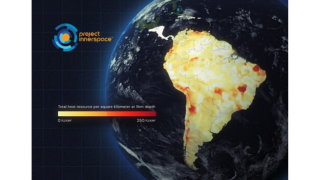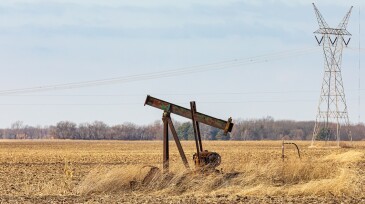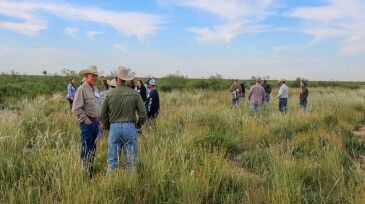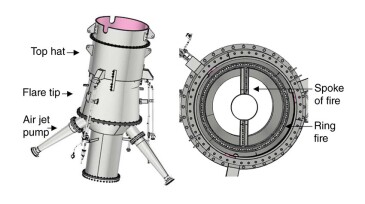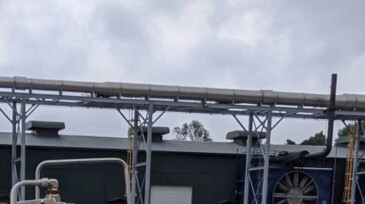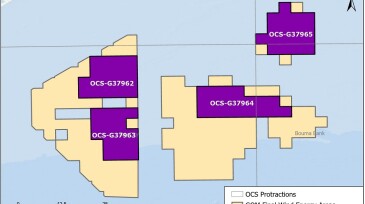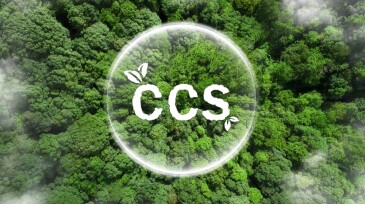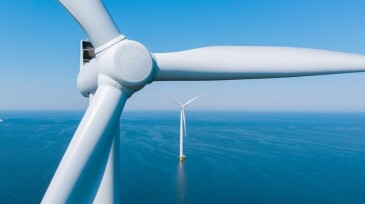Environment
Regulators pull from experiences in the oil and gas industry to define best stewardship practices for the nascent CCS industry.
A newly formed global coalition, Carbon Measures, aims to develop a ledger-based carbon accounting framework and champion market-based solutions to drive emissions reduction.
The freely accessible online platform is the latest in a series of maps designed to reveal the continent’s untapped geothermal potential.
-
The money from the Bipartisan Infrastructure Law will go to help Tribes plug orphaned oil and gas wells, combat climate change, and protect natural resources.
-
Jesse Wood, Jason Brooks, and Ryan Jonnes are making a positive impact on the Permian Basin ecosystem, enabling ConocoPhillips to successfully balance responsible oil and gas development with land stewardship.
-
This paper describes development of technology with the capability to combust flare gases with a heating value up to 50% lower than existing flare-tip technology.
-
This paper describes a chemical-free process with a small footprint designed to capture exhaust from natural gas drive compressors and supporting gas-fueled production equipment.
-
The partnership seeks to shift the economics of carbon capture across high-emitting industrial sectors.
-
The department says the four areas, totaling 410,000 acres, have the potential to power 1.2 million homes.
-
The availability of robust, measurement-informed emissions information across global supply chains is critical to the success of any target-based methane policy. Yet very few countries can provide robust data on emissions intensity across natural gas value chains.
-
The two companies have formed an S-Hub consortium to evaluate and develop a cross-border carbon capture and storage project for reducing carbon dioxide emissions in Singapore.
-
The bureau estimates that the project, previously known as Vineyard Wind South, would generate up to 2,600 MW of electricity, enough to power more than 900,000 homes.
-
One area where the untapped potential of geothermal energy has been realized is in harnessing thermal energy from abandoned or inactive oil and gas wells. Such wells could be exploited for electricity generation or direct use through well repurposing.



